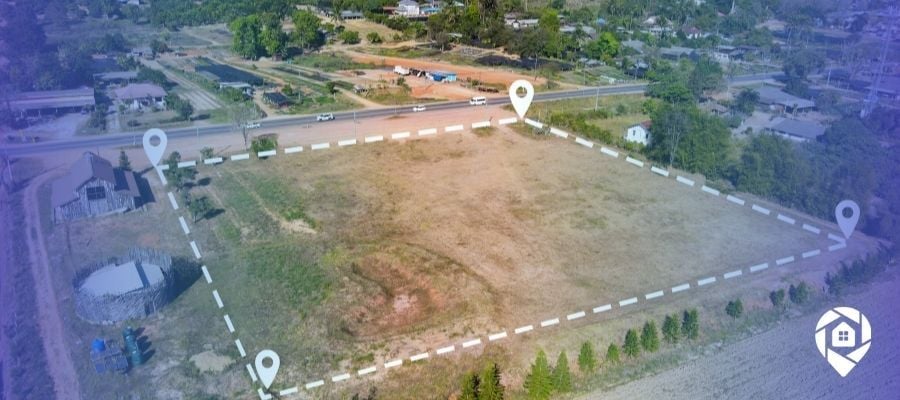
Mastering Real Estate Investments in Non-Disclosure States

Understanding the complexities of the real estate market is crucial for any successful real estate investor. Among the various factors that can impact your decisions and potential profits, one of the most particularly challenging is operating in non-disclosure states. So, let's dive into the details of how you can navigate real estate investing in these areas.
What are Non-Disclosure States?
Non-disclosure states are those US states where the sales prices of properties aren't readily available to the general public. In contrast, disclosure states require that all real estate transaction data be made public, offering transparency to real estate professionals, investors and the buying/selling parties.
List of Non-Disclosure States
Currently, there are 12 non-disclosure states in the US:
- Alaska
- Idaho
- Kansas
- Louisiana
- Mississippi
- Missouri (some counties)
- Montana
- New Mexico
- North Dakota
- Texas
- Utah
- Wyoming
How Does Non-Disclosure Impact Real Estate Investing?
While the concept of non-disclosure might appear limiting at first, it's not necessarily a disadvantage. In fact, savvy investors can leverage this characteristic to their benefit. However, it does represent a unique challenge for investors accustomed to operating in disclosure states where comparative market analysis (CMA) can be more readily performed. In non-disclosure states, investors must rely on alternative methods for property value estimates or work closely with licensed real estate professionals who have access to localized data.

Success Tips for Real Estate Investing in Non-Disclosure States
If you're a real estate investor looking to venture into the non-disclosure states market, here are some key tips:
- Partner with a local, licensed real estate professional: They can access local Multiple Listing Service (MLS) data and help you evaluate properties.
- Research Tax Assessment Records: Tax assessment records are public and can provide a rough estimate of property values.
- Use Online Resources: Real estate platforms and websites can give an estimate of home values in certain areas.
Understanding Market Dynamics in Non-Disclosure States
Before diving into specific strategies for investing in non-disclosure states, it’s crucial to understand the market dynamics that differentiate these areas from disclosure states. Non-disclosure impacts the flow of information, creating a less transparent market environment. This opacity often leads to a reduced number of speculative investments, as the lack of publicly available pricing data makes rapid market assessments more difficult.
Consequently, investors in these states typically exhibit higher levels of diligence and often rely on more comprehensive economic and demographic research to identify potential investment opportunities. Understanding these dynamics is essential for devising strategies that are effective in navigating the complexities of non-disclosure states.
Challenges and Solutions in Non-Disclosure States
Investing in non-disclosure states presents a set of unique challenges that require innovative solutions. One of the primary hurdles is the difficulty in assessing the fair market value of properties without direct access to their sales prices. This can complicate efforts to perform accurate comparative market analyses.
To overcome this, investors can look at indirect indicators of property values, such as insurance values, which can sometimes reflect the property's replacement cost, or delve deeper into economic indicators like employment rates and population growth, which influence property demand. By understanding these challenges and preparing solutions ahead of time, investors can better navigate the investment landscape in non-disclosure states.
Case Study: Successful Real Estate Investing in Non-Disclosure States
Let's consider a real-world example of investing success in a non-disclosure state. John, a seasoned real estate investor, decided to enter the Texas non-disclosure market. He collaborated with a local real estate professional who provided him with key insights on property values and potential growth areas.
John also kept up-to-date with neighborhood data, which helped him make investing decisions based on community development plans and trends. With this strategy, John managed to buy several properties in emerging areas and saw significant ROI when their market values increased rapidly.
In conclusion, investing in non-disclosure states requires a different approach to data gathering and analysis. Nonetheless, understanding the local market and leveraging local resources can significantly contribute to your investing success. Moreover, remember that every challenge is an opportunity in disguise, and with a bit of innovation and creativity, you can unlock significant profits.

About Benjy Nichols
Benjy has been a Media Manager at DealMachine for the last 5 years. He produces, writes, shoots, and edits our media content for our member's DealMachine and Real Estate education.



